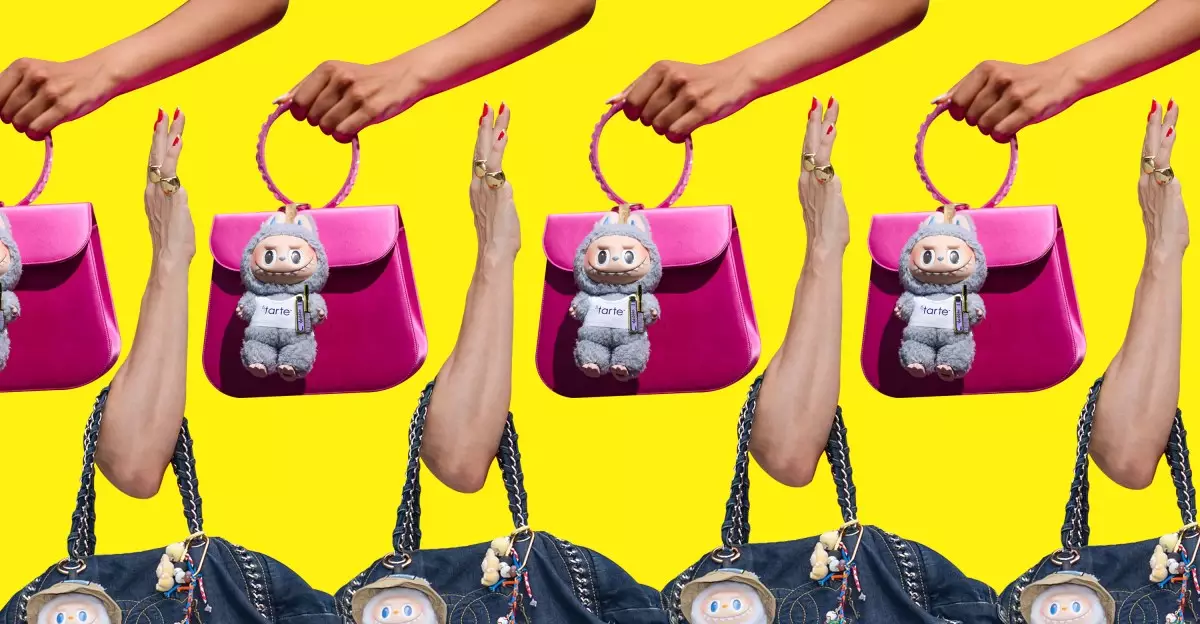In an era dominated by instant gratification, the allure of rare collectibles like Labubu toys exposes a fundamental human paradox: we crave achievement, but often find ourselves entangled in seemingly insurmountable challenges to attain it. The typical consumer’s dream of hassle-free shopping is shattered when confronting the labyrinthine process created by brands seeking to sustain hype. Collecting Labubus transforms from a simple purchase into an elaborate game, where the real prize remains elusive—buried beneath layers of digital obfuscation and strategic manipulation. This performative struggle echoes a larger societal truth: the more the journey demands effort, the more our desire intensifies. Consequently, the pursuit itself becomes as valuable—if not more—than the object of desire, highlighting a misalignment between consumer expectations and the manufactured complexity that underpins modern hype culture.
Artificial Scarcity as a Catalyst for Obsession
The phenomenon of artificially limited availability is not new. Yet, what makes the Labubu saga particularly intriguing is how it intricately weaves scarcity into a digital scavenger hunt. Pop Mart’s deliberate design compels buyers to engage in a pixelated version of Black Friday chaos—endless scrolling, rapid tapping, booth-like timers—each step designed to test patience and cunning. The process bears a striking resemblance to gambling, where the reward hinges on luck and persistence rather than straightforward purchasing power. As players chase the fleeting moment when a virtual box becomes available, they experience a rush akin to betting, with the tantalizing possibility of unearthing a rare color or edition. This dynamic manipulates our fundamental desire for exclusivity, infusing it with a compulsive edge that is difficult to resist. It’s a manufactured thrill: buy the toy, or rather, win the right to buy it, becomes a symbol of mastery over chaos.
The Hidden Power of Effort in Collectible Culture
What truly elevates the Labubu experience beyond mere buying is the investment of time and energy. In dissecting this phenomenon, one cannot ignore the social validation that comes with navigating the complex purchasing ecosystem. Forums, TikTok videos, and social media chatter revolve around strategies, tips, and hack attempts, transforming these collectible pursuits into a communal badge of honor. The effort becomes part of the toy’s value—collectors sense that they’ve earned their prize through perseverance. Ironically, this pseudo-battle against digital obstacles aligns with broader human tendencies toward mastery and achievement. The more arduous the journey, the higher the perceived worth of the final reward. Yet, this process also reveals a darker truth: the true cost isn’t monetary but emotional, filled with frustrations, false hope, and the endless tussle with machines designed to keep the thrill alive indefinitely.
The Illusion of Ownership and the Embrace of the Uncertainty
Once lucky enough to secure a Labubu, many collectors face an entirely new paradigm—one that questions the very idea of ownership. The thrill resides not solely in the toy but in the anticipation, the mystery, and the unending chase. The “blind box” model, central to Labubu’s appeal, transforms the unboxing into a metaphor for chance, luck, and the human desire to be surprised. Yet, this process also breeds a peculiar dependence on external forces—the randomness of what’s inside, the fluctuation of prices, and the volatility of online markets. The toy becomes less an object and more a symbol of effort, risk, and fleeting victory. The property of ownership is continually undermined by the elusive nature of the product—what is truly won is the experience of the pursuit itself, forever intertwined with the chance of disappointment or delight.
The Future of Collectibles in a Digital Age
The rise and hype around Labubus illustrate a larger trend: the commodification of effort and the growing intersection between digital interaction and emotional investment. As platforms like TikTok, TikTok Live, and online marketplaces amplify this culture, the line between hobby and gambling blurs further. The escalating search volume signals an appetite not just for the toy but for the thrill of the hunt—a dopamine-driven cycle of hope and frustration. Whether this wave will crest or evolve into more sustainable collecting practices remains uncertain. Still, what’s undeniable is that the present landscape capitalizes on our innate longing for achievement, using manufactured obstacles to sustain engagement and profit. As long as the excitement lies in overcoming barriers—a game that taunts and teases—collectors will remain captivated, caught in an endless loop of effort and reward, chasing a dream that is, quite intentionally, just out of reach.

